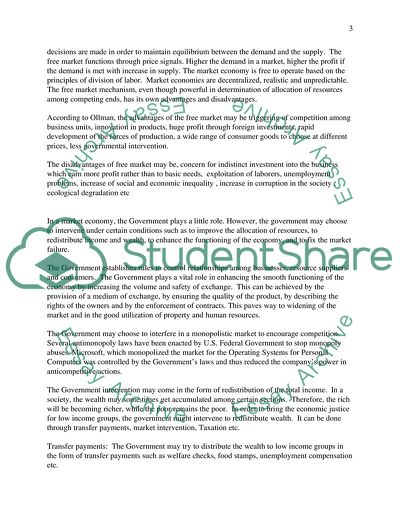Cite this document
(Government Intervention and Microeconomics Essay, n.d.)
Government Intervention and Microeconomics Essay. Retrieved from https://studentshare.org/macro-microeconomics/1548944-government-intervention-microeconomics
Government Intervention and Microeconomics Essay. Retrieved from https://studentshare.org/macro-microeconomics/1548944-government-intervention-microeconomics
(Government Intervention and Microeconomics Essay)
Government Intervention and Microeconomics Essay. https://studentshare.org/macro-microeconomics/1548944-government-intervention-microeconomics.
Government Intervention and Microeconomics Essay. https://studentshare.org/macro-microeconomics/1548944-government-intervention-microeconomics.
“Government Intervention and Microeconomics Essay”, n.d. https://studentshare.org/macro-microeconomics/1548944-government-intervention-microeconomics.


